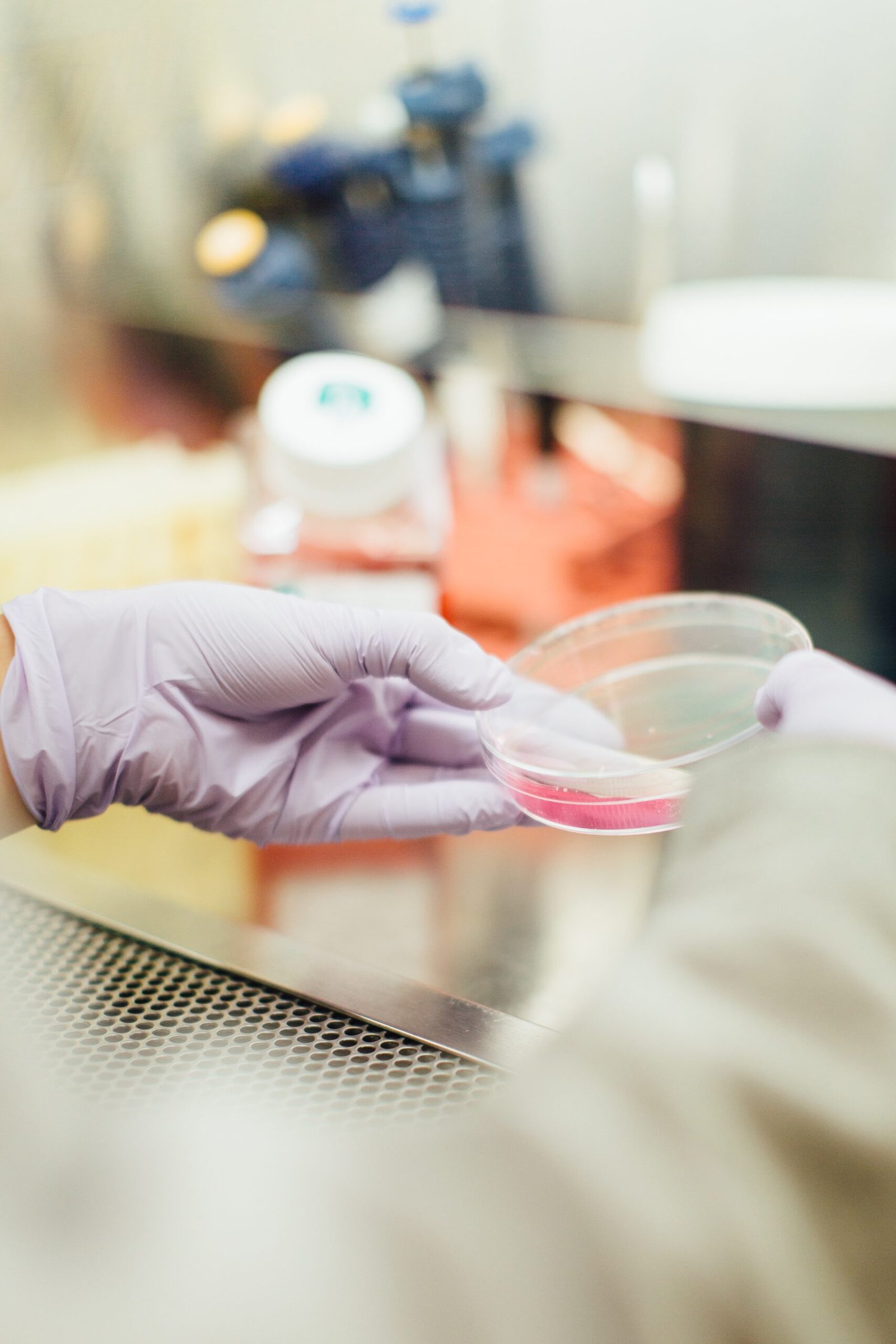As parents, we are always looking for ways to engage our children in meaningful learning experiences. One way to do this is through hands-on experiments that make science come alive right in our own homes. Science sparks curiosity, encourages critical thinking, and fosters a love for exploration and discovery. In this blog post, we will explore some exciting and easy-to-do experiments that you can try with your children to ignite their interest in science.
1. The Volcano Eruption
Create a volcanic eruption right in your kitchen! Mix baking soda and vinegar in a container and watch as it foams and bubbles, resembling a volcanic eruption. Explain the science behind it: the baking soda (sodium bicarbonate) reacts with the vinegar (acetic acid) to produce carbon dioxide gas, which creates the volcanic effect.
2. The Magic Milk Experiment
Fill a shallow dish with milk and add drops of different food coloring. Dip a cotton swab into dish soap and then touch it to the milk. Watch as the colors magically swirl and mix together. This happens because the soap molecules disrupt the surface tension of the milk, causing the colors to move and blend.
3. The Egg in a Bottle
Place a peeled hard-boiled egg on the mouth of a glass bottle. Light a piece of paper on fire and drop it into the bottle. Quickly cover the bottle with a balloon. As the fire burns out, the egg is pushed into the bottle. This experiment demonstrates the concept of air pressure. When the fire burns out, the air inside the bottle cools, creating a vacuum that sucks the egg into the bottle.
4. The Dancing Raisins
Fill a glass with clear carbonated soda and drop in a few raisins. Watch as the raisins dance up and down in the soda. The carbon dioxide bubbles in the soda attach to the rough surface of the raisins, causing them to float to the top. When the bubbles pop, the raisins sink back down.
5. The Rainbow Jar
Fill a glass jar with different liquids of varying densities, such as honey, dish soap, water, oil, and rubbing alcohol. Carefully pour each liquid into the jar, one on top of the other, creating distinct layers. Observe how the liquids do not mix and form a beautiful rainbow effect. This experiment demonstrates the principle of density, as liquids with different densities do not readily mix.
These hands-on experiments are just the tip of the iceberg when it comes to engaging children in scientific exploration. By encouraging their curiosity and providing opportunities for hands-on learning, we can help our children develop a lifelong love for science. So, put on your lab coats, gather your materials, and get ready to spark some scientific curiosity right in the comfort of your own home!


